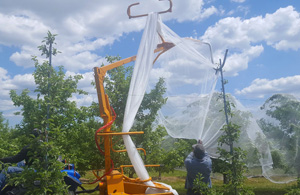The Region 8/9 NY Beef Producers Fall Meeting will held Monday October 28, 2019 at the “Stables” at Windy Point Angus Farm, 215 Sissonville Road in Potsdam, NY.
Guest speaker Levi Geyer from New Holland, PA, works for the USDA Ag Marketing Service and is the price reporter for Livestock, Poultry and Grain Market News. He has traveled throughout the Northeast as a feeder cattle grader and auctioneer at various feeder sales. Levi keeps his finger on the pulse of the cattle market world and will be a great source of information at this meeting.
Dinner will be provided; a $5-$10 donation is asked of to help cover cost of event depending on sponsor support. RSVP before Thursday, October 24 to Craig Southworth, NYBPA President Region 8/9, at 518-651-4390, c.southworth43@gmail.com.
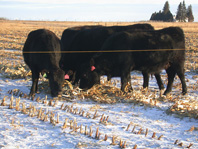
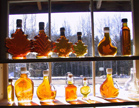 November 5-December 10, 2019
November 5-December 10, 2019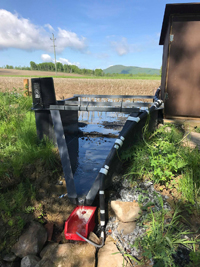

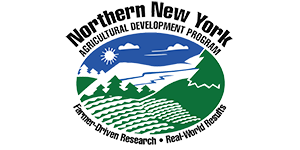 Separate projects funded by the Northern New York Agricultural Development Program are assisting farmers with whole farm nutrient balancing and refining precision manure and fertilizer application guidelines that help reduce the amount of phosphorus available for runoff, while supporting successful crop development and potential cost savings.
Separate projects funded by the Northern New York Agricultural Development Program are assisting farmers with whole farm nutrient balancing and refining precision manure and fertilizer application guidelines that help reduce the amount of phosphorus available for runoff, while supporting successful crop development and potential cost savings.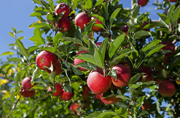
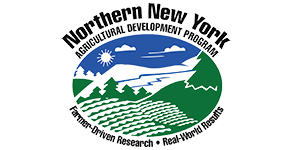 Funding for the Northern New York Agricultural Development Program is supported by the New York State Legislature and administered by the New York State Department of Agriculture and Markets.
Funding for the Northern New York Agricultural Development Program is supported by the New York State Legislature and administered by the New York State Department of Agriculture and Markets.